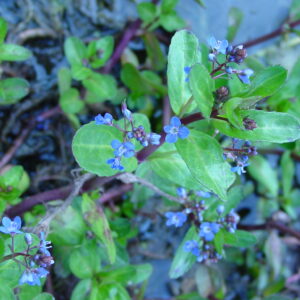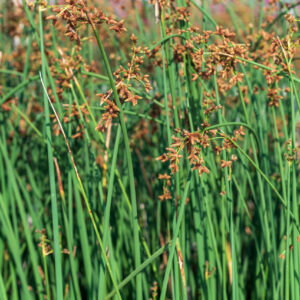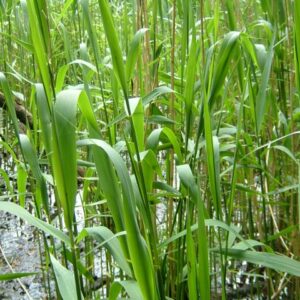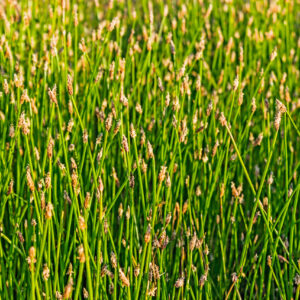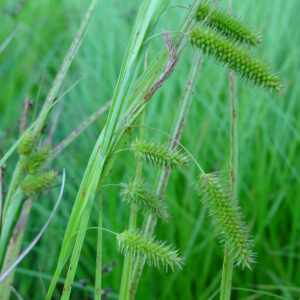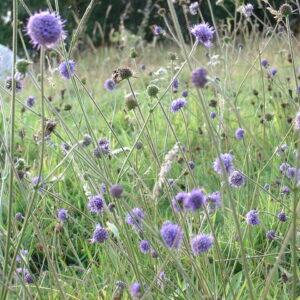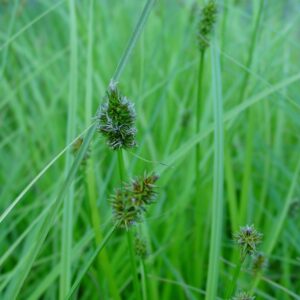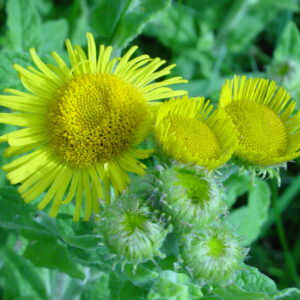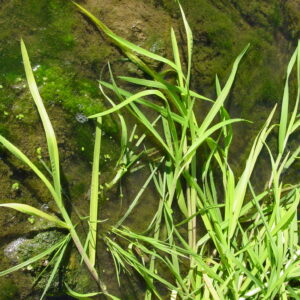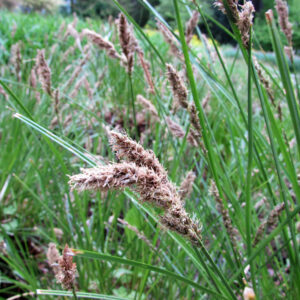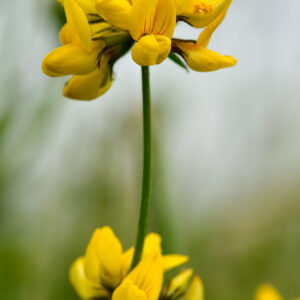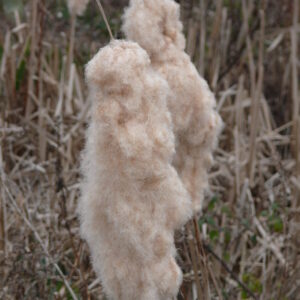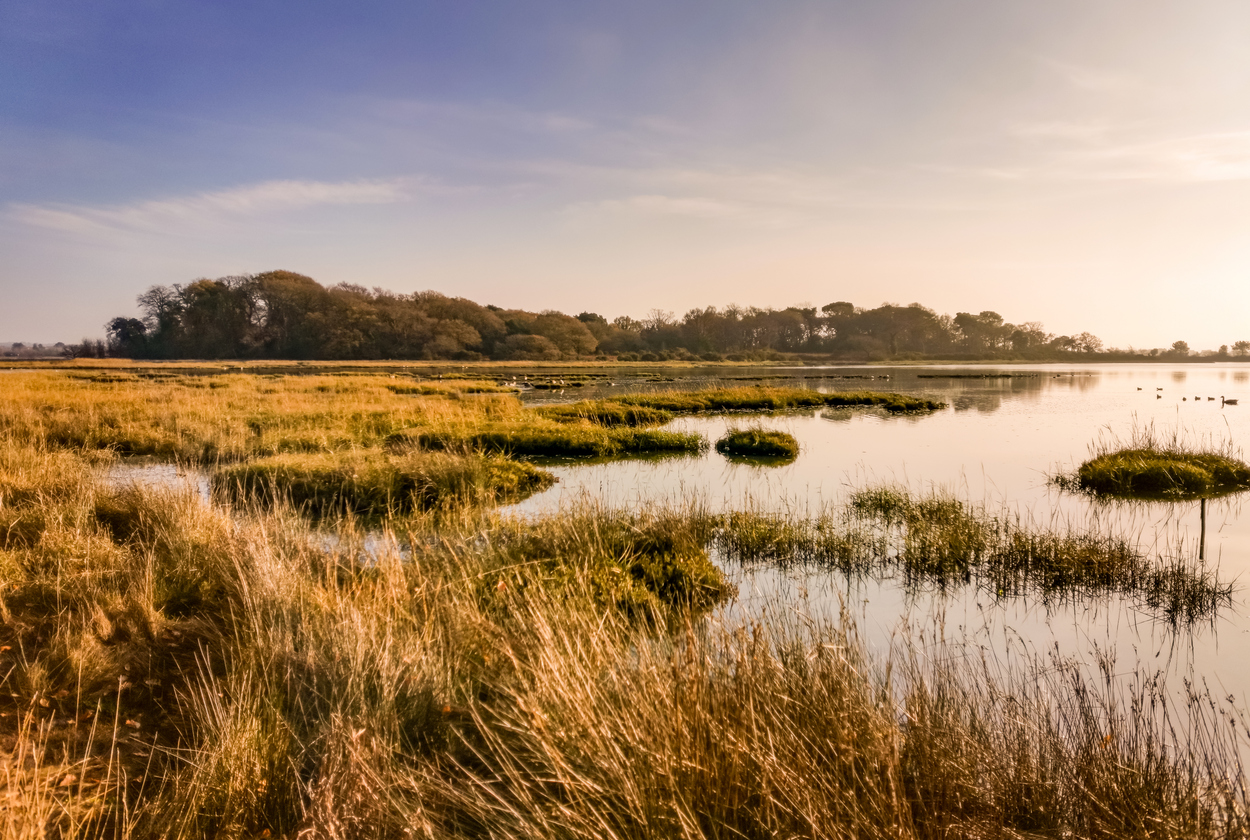


Wetlands provide refuge for our wildlife, and they can be as small and innocuous as a garden pond of White-Water Lilies. The freshwater lochs of Scotland are vast, with Loch Lomond covering an area of 71 square kilometres. Our rivers and streams are varied, some covering miles of distance as they cross counties, whereas chalk streams are only found in certain regions of England. Each of our wetlands has the potential to be botanically rich and a haven for wildlife, but unless they are cared for and properly managed, their future is uncertain.
It has long been said that rivers are the lifeblood of our planet. They provide us with the water we drink, nurture the crops we grow, limit and control flooding, and provide a home for thousands of animal and plant species. Many rivers throughout Britain are home to aquatic plants that have adapted to freshwater environments. Floating and deep-water species (hydrophytes) help clean and oxygenate the water, while species growing along the riverbed (marginals) create vital habitat for many animals. Lesser Pond-sedge, Yellow Iris, and Reed Canary-grass are favourites of the engaged Water Vole, they feed on the vegetation and dig burrows along the banks where plant cover protects them from predators.
Chalk streams and rivers are a rare and precious habitat, almost unique to England. Of the 200 in the world, 85% of them are found in Southern and Eastern England. Unlike rain-fed rivers, chalk streams are fed by chalk aquifers, creating cold, clear water that is rich in minerals. These distinctive rivers are dominated in mid-channel by Water Crowfoot, and along the edges by Watercress and Lesser Water-parsnip.


